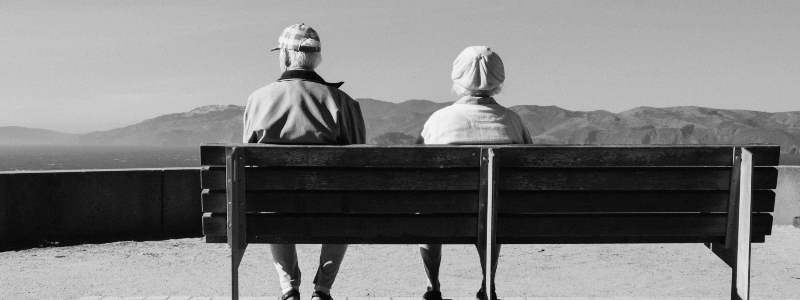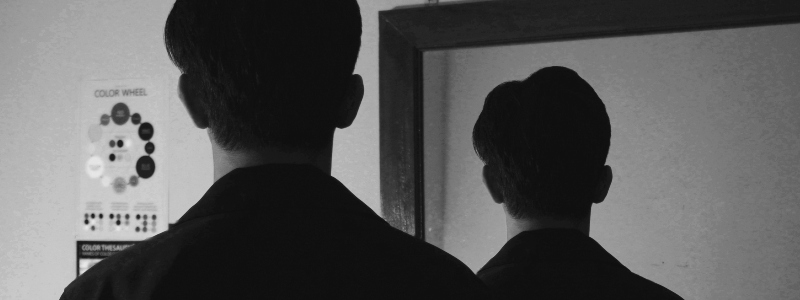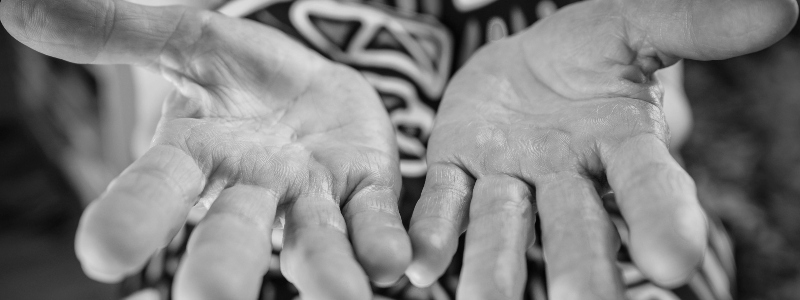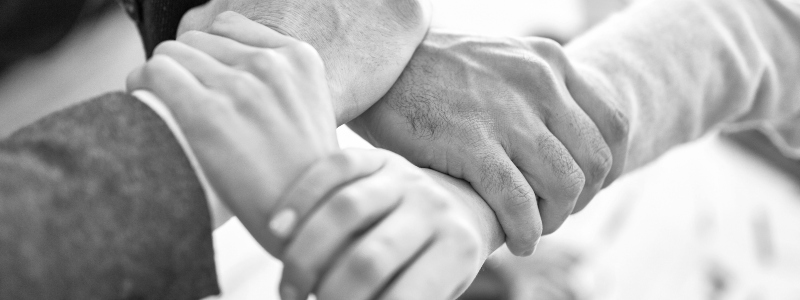People often ask me what it means to be an integrative existential therapist and how it differs from other forms of therapy. The most important thing to consider when choosing a therapist, however, is not the fancy title of the form of therapy delivered, but the relationship you can make with the therapist. Can you form a connection with that person? Do you think you can relate to them? Do you think you can trust them with your innermost feelings?
These are not easy questions to answer until you have met your therapist and acquired a sense of the relationship between you. You have to trust your inner feelings and intuition as to whether you feel you can work with your therapist and whether their skills and way of looking at the world will help you overcome whatever difficulties you wish to face when engaging in psychotherapy. That being said, how do you start in finding the right therapist for you? This brings us back to the way in which the therapist works, or their ‘modality’. So what is an integrative existential therapist?
An integrative therapist is one who has trained in various modalities and will use the way of working that is right for you at any specific time. At times, you might need someone to listen and just let you tell your story. At other times, you might need someone to be more directive and give you practical skills to help you navigate life and work with your emotions and thoughts. At another point, you might need someone to challenge your own philosophy in life and help you find a better way of being and existing in the world. This takes us to the ‘existential’ part.
An existential therapist works with how you position yourself in the world and how you view the world and those around you. In existential therapy, you might want to face some of the bigger questions in life:
- What is my purpose?
- Why is there no meaning in my life?
- Why do I feel so isolated and alone?
- What is my relationship towards my own mortality?
- How can I express my spiritual or religious feelings in a society that may not accommodate them?
Of course, this is not an exhaustive list, but these ‘big’ questions can be there in the background, giving us a sense of unease or disconnection from life. Facing these issues can be hugely rewarding and can impact all areas of our life, how we view the world around us and how we relate to others. This doesn’t mean that being in existential therapy is an intellectual pursuit where you sit around philosophising. Rather, it is about making a connection with your therapist that allows you to express your innermost feelings and to understand why you feel the way you do, and how you can make the changes to your life that you want to. It allows you to explore your life experiences openly and honestly and obtain a clearer sense of the meanings they may hold for you.
Dr Simon Cassar is an integrative existential therapist, trained in Person Centred Therapy, Psychodynamic Therapy, Cognitive Behavioural Therapy (CBT), Dialectical Behavioural Therapy (DBT), and Existential Psychotherapy.
Click here to view and download a full PDF of this blog post.














 Well, our bodies are literally where our emotions originate and where trauma is held. In Freud’s language, we can say that the unconscious resides in the body.
Well, our bodies are literally where our emotions originate and where trauma is held. In Freud’s language, we can say that the unconscious resides in the body.


